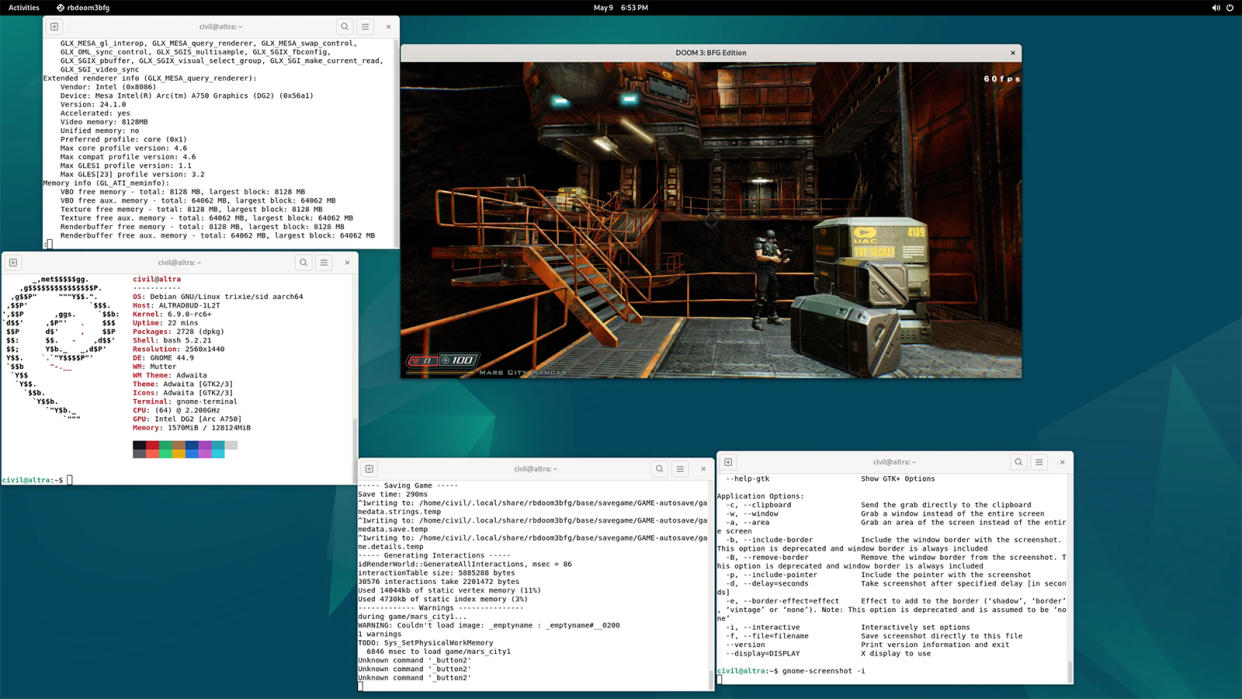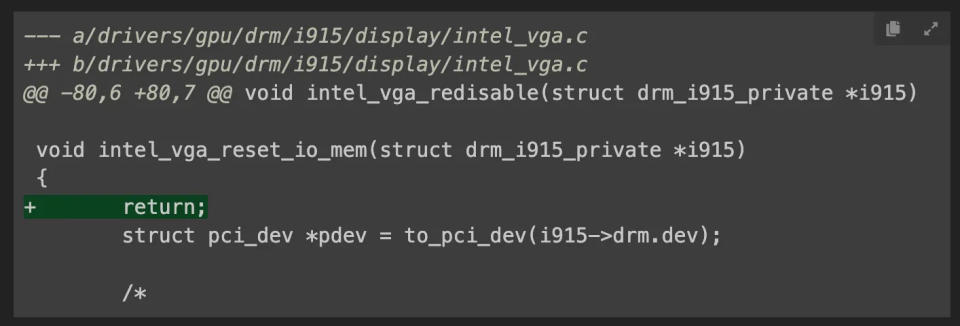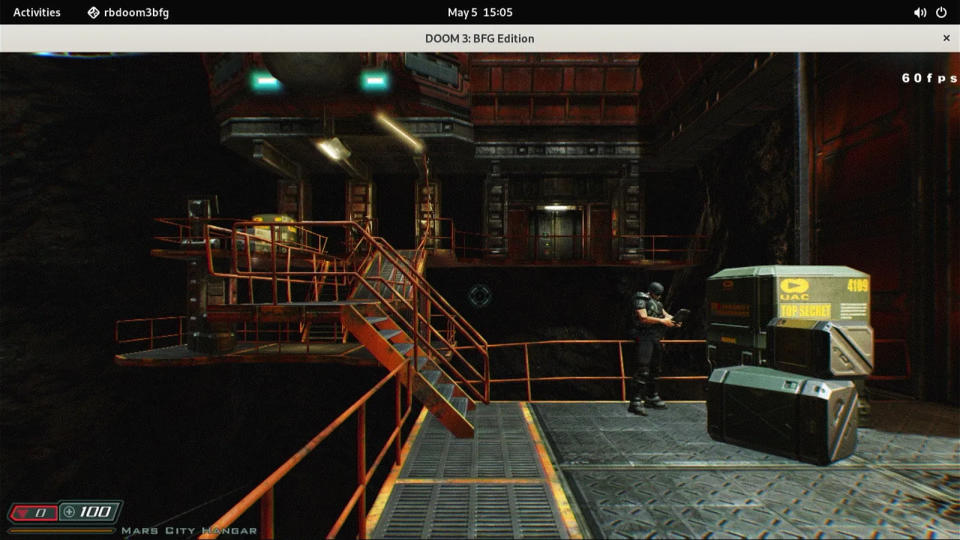Intel Arc GPU hacked to work on a 64-core Arm Ampere system running Linux

Vladimir Smirnov, a Google Switzerland Site Reliability Engineer, recently published an update saying that he was able to make the Arc A750 GPU work on his new Arm build that runs Linux, which certainly isn't a certified solution. Smirnov is building an ARM server running an Ampera Altra Arm chip. He bought the motherboard and processor together on Newegg and tested the system with various GPUs—an RX 550, RX 5700, and Intel Arc A750—while waiting for the rest of the parts of his build to arrive. Smirnov is sharing the details of his build on Medium.
The RX 550 worked on the system with no issues, and despite its age, the AMD GPU worked straight out of the box without further programming. On the other hand, the RX 5700 refuses to work with an Ampera Altra chip and a Linux OS. Nevertheless, several Linux Distros have already issued patches for the problem, so all he needed to do was follow instructions.
Unfortunately, the Intel Arc A750 GPU didn't work at all because of the ARM processor. While Intel GPUs historically work with the Linux operating system, Smirnov’s GPU refused to open without troubleshooting. The primary reason for this is that Intel’s GPU technology is closely aligned to x86-64 CPUs, where Intel Graphics has been used since 2010.
“The reason is that the Intel i915 kernel driver doesn’t work on non-x86 [processors],” Smirnov wrote. “They’ve started to upstream a new Xe kernel driver, which seems more focused on their recent GPUs.” This development is a boon for the Google Engineer, as his server build runs on an ARM processor, which he chose for its power efficiency and good I/O capabilities.
Nevertheless, it still wasn’t a straightforward fix, as his system ran into an error. His first fix was to comment out the VGA Console compatibility function, as it doesn’t work on recent ARM chips. After that, his system started outputting an image via HDMI on his ARM system.

However, the GPU still could not produce 3D output because it didn’t have the latest version of Mesa3D, the open-source version of many graphics APIs. He has since upgraded this, but he ran into another snag: the driver for Intel Xe graphics will only work with x86 and x86-64 systems.
Smirnov attempted to build a driver that worked with the Intel Arc GPU, but he ran into several errors that stopped the GPU from running. He eventually checked the kernel repository for drm/Xe and found patches that improved the stability of his driver. It still failed to work, as after he reapplied the PCIe patch for the RX5700 and tried again, the driver still hung.
Since he was experimenting with a GPU driver, he tried again, and this time, he got the Intel Arc to work on the Ampera Altra ARM processor. Although the system probably won’t run Starfield at 4K@120, it could at least run Doom 3: BFG Edition.

Intel Arc GPU compatibility with non-x86/x86-64 systems is a significant development for graphics cards, especially as Qualcomm is poised to launch the Snapdragon X Series ARM chips that can go head-to-head with Intel’s and AMD’s most recent chips. While most consumers and users will not appreciate Smirnov’s efforts, it shows how ingenuity and a little effort can result in great open-source projects that others can iterate on.
Free and open-source software (FOSS) runs most of the backend systems we rely on — web servers, cloud computing, and even AI. FOSS is so crucial to our global digital economy that it has even become a target for backdoors and other malicious programs. Nevertheless, the contributions of people like Vladimir Smirnov drive software innovation and move our computer-based society forward.

